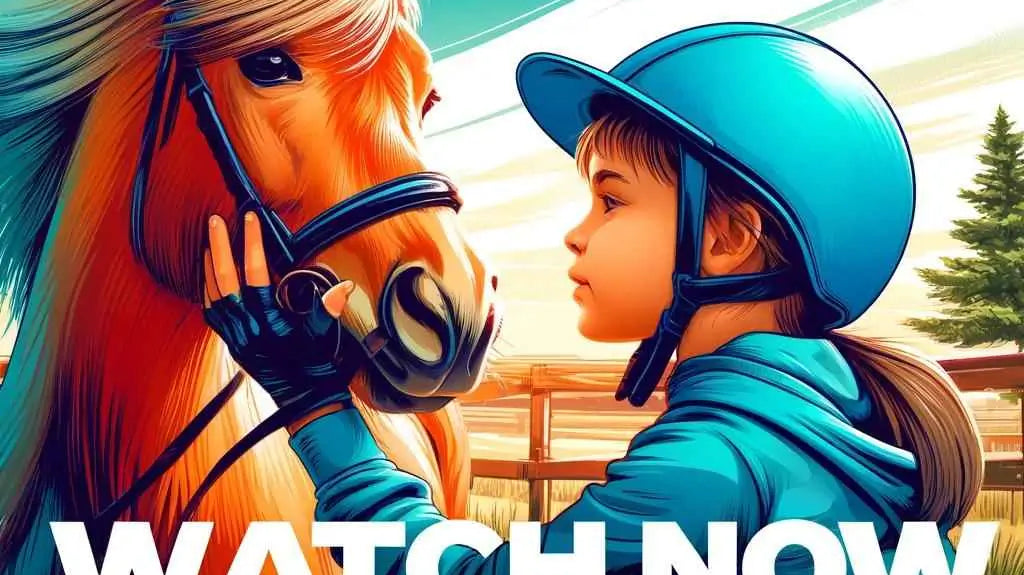| Aspect | Description | Management Strategies |
|---|---|---|
| Definition of Weaving | Repetitive, side-to-side swaying motion observed in stabled horses, indicating stress or boredom. | N/A |
| Causes | Lack of stimulation, stress, genetic predisposition, changes in routine or environment. | Environmental enrichment, consistent routine. |
| Physical Implications | Can lead to joint stress, uneven hoof wear, muscular and ligament strain, general health decline. | Regular monitoring, use of specialized equipment like hoof boots. |
| Prevention & Management | Focuses on reducing stress and boredom through environmental and social enhancements. | Enrichment devices, increased social interaction, improved stable conditions, professional consultations. |
Introduction to Weaving in Horses
Horse weaving is a captivating dance of distress, not of delight. When you see a horse swaying rhythmically from side to side, it might initially appear as a quirky habit. However, this motion, known as weaving, is a stereotypic behaviour that signals deeper issues rooted in stress or boredom. Before diving into the swirling world of equine quirks, let's unpack the phenomenon of weaving, exploring its causes, implications, and the ways to manage this behaviour to ensure the well-being of our hoofed friends.
What Exactly is Weaving?
Weaving in horses is a repetitive and rhythmic side-to-side movement that usually occurs when a horse is confined in a stall. Imagine a pendulum swinging; now picture that in a horse using its head, neck, and front limbs. This behaviour is not just a trivial act but a manifestation of discomfort and unease within stabled horses, often indicative of underlying stress or anxiety.

The Psychology Behind Weaving
Understanding the psychological triggers of weaving is essential for any horse caretaker. This behaviour is often a response to the lack of social interaction, insufficient exercise, and the monotony of life in a stall. A horse is a herd animal, and isolation can lead to significant stress, prompting them to develop this compulsive habit as a coping mechanism.
Is Weaving Harmful?
Physical implications of weaving are significant; it's not just a harmless habit. The constant strain and unnatural movement can lead to joint stress, hoof problems, and overall wear that diminishes a horse's quality of life and longevity. It’s like watching a machine run on a misalignment; eventually, parts wear down prematurely.
Causes and Triggers of Weaving in Horses
The origins of weaving behaviour in horses are multifaceted, combining environmental, psychological, and sometimes genetic factors. Let's delve into the main contributors that may lead a horse to develop this stereotypic behaviour.
Environmental Stressors and Boredom
Lack of stimulation is a significant factor. Horses confined to stalls for prolonged periods without adequate mental or physical activity are prone to develop behaviours such as weaving. The absence of regular interaction with peers and a dynamic environment can trigger a feeling of isolation and boredom, pushing horses to seek relief through repetitive movements. Solutions like providing toys and visual stimuli can help mitigate these effects by enhancing the stall environment.

Genetic Predisposition
While environmental factors play a crucial role, genetic predisposition can also contribute to weaving. Some horses are more susceptible to developing stereotypic behaviours due to their genetic makeup. This aspect is vital for breeders and owners to consider, especially when managing or selecting horses for specific roles or environments.
Anxiety and Changes in Routine
Sudden changes in routine or environment can disrupt a horse's sense of security, leading to increased anxiety and stress. Such disruptions could include moving to a new stall, changes in the herd composition, or alterations in daily routines. Maintaining a consistent environment and schedule can help reduce anxiety levels in horses and prevent the development of weaving.
Physical and Health Implications of Weaving
Weaving does more than just wear down your patience; it wears down your horse. The physical toll on a horse that weaves can be extensive, affecting everything from hooves to overall health.
Joint Stress and Hoof Wear
The repetitive side-to-side motion can lead to uneven hoof wear and increased joint stress. Over time, this can result in significant orthopaedic issues, such as arthritis or uneven gait, which can compromise a horse's performance and comfort. Regular monitoring and maintenance, including the use of specialized hoof boots, can alleviate some of these effects.

Muscle and Ligament Strain
Furthermore, the unnatural swaying motion places significant strain on the muscles and ligaments of the neck and front limbs. This can lead to muscular imbalances and increased susceptibility to injuries, highlighting the importance of addressing weaving behaviour promptly to prevent long-term damage.
General Health Decline
A horse that weaves consistently may also suffer from general health decline, including weight loss, fatigue, and reduced performance capabilities. This decline is often exacerbated by the constant stress and physical exertion associated with weaving, making it crucial for owners to take proactive steps to manage and ideally eliminate this behaviour.
Managing and Preventing Weaving in Horses
Addressing the issue of weaving requires a comprehensive approach that includes environmental enrichment, behaviour modification, and sometimes medical intervention. Let's explore some effective strategies to manage and prevent this challenging behaviour.
Environmental Enrichment
Enhancing the stall environment to reduce boredom and stress is crucial. Implementing enrichment devices such as mirrors and toys can provide necessary mental stimulation. Additionally, altering feeding practices to more natural, foraging-like methods can significantly improve mental engagement and reduce weaving tendencies.

Increasing Social Interaction and Exercise
Social interaction is vital for the well-being of horses, as is regular physical activity. Facilitating daily turnout in pastures and ensuring that horses have companions can dramatically reduce stress levels and discourage the development of stereotypic behaviours such as weaving. Exercise not only improves physical health but also mental health, helping to keep your horse engaged and content.
Stable Management Improvements
Improving stable conditions can also significantly impact a horse's tendency to weave. Providing larger, well-ventilated stalls with visual access to other horses can create a more comfortable and less stressful environment. Frequent changes in the stall or barn layout should be minimized to avoid triggering anxiety in sensitive horses.
Proactive Steps for Horse Owners
To effectively manage and prevent weaving, horse owners should consider regular consultations with equine behaviourists and veterinarians. These professionals can offer personalized advice and strategies based on the specific needs of your horse, ensuring that any interventions are both effective and humane.
Conclusion: A Happier, Healthier Horse
Understanding and managing weaving in horses is not just about improving behaviours; it's about enhancing the quality of life for your equine companions. By taking proactive steps to address the underlying causes of weaving, horse owners can ensure their horses lead happier, healthier lives. Remember, a happy horse is a healthy horse!

For more information on horse health and behaviours, consider exploring our comprehensive collection of everyday horse vitamins and supplements, which can support overall wellbeing and help prevent the onset of stress-related behaviours.




